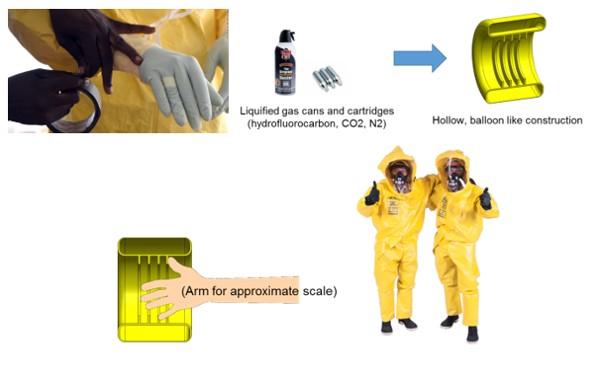CE 410 Structural Design (Undergraduate Course for Seniors)
Fall 2017, Fall 2016, Fall 2015
Click here to read the most recent syllabus
Structural design course covers in one semester two design projects that include but are not limited to: designing and building your own timber railroad bridge (ok, 1:20 scale), solving the mystery of the Miraculous Stairs in Santa Fe with the help of Augmented Reality, field trip to Los Alamos County Engineering Department and meet their staff and projects, free ride on the Tramway Courtesy of the Sandia Peak Tramway Manager, and design of a railroad through plate girder, and fabrication (ok, with 3D printing). Students compete at the end of the semester with their bridges and best structural design skills put to the test.
You can read more about this class here and here
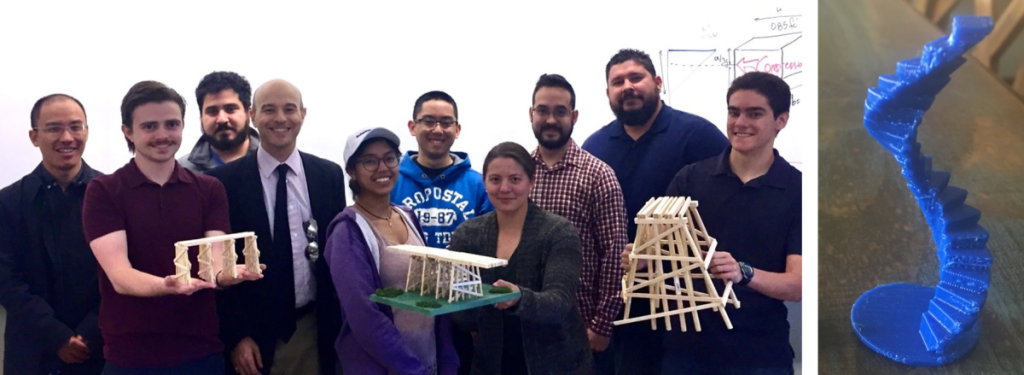
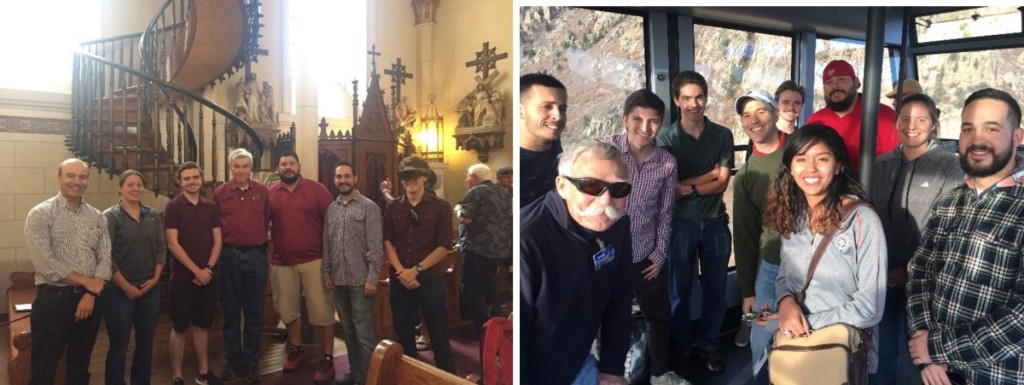
CE 202 Engineering Statics (Undergraduate Course for Sophomores/Juniors)
Spring 2020, Spring 2024
Click here to read the most recent syllabus
This is the first engineering course where students are introduced to forces, moments, equilibrium, free body diagrams, etc. In this class, students are also introduced to engineering concepts with real-world examples related to structures and mechanisms they are familiar with. There are in general six midterms that allow students to review the materials every two weeks. During the semester, undergraduate students are invited to attend special seminars including bridge design and construction and/or new frontiers for human-machine interfaces, as well as invited to apply to undergraduate research opportunities in STEM for young engineers.
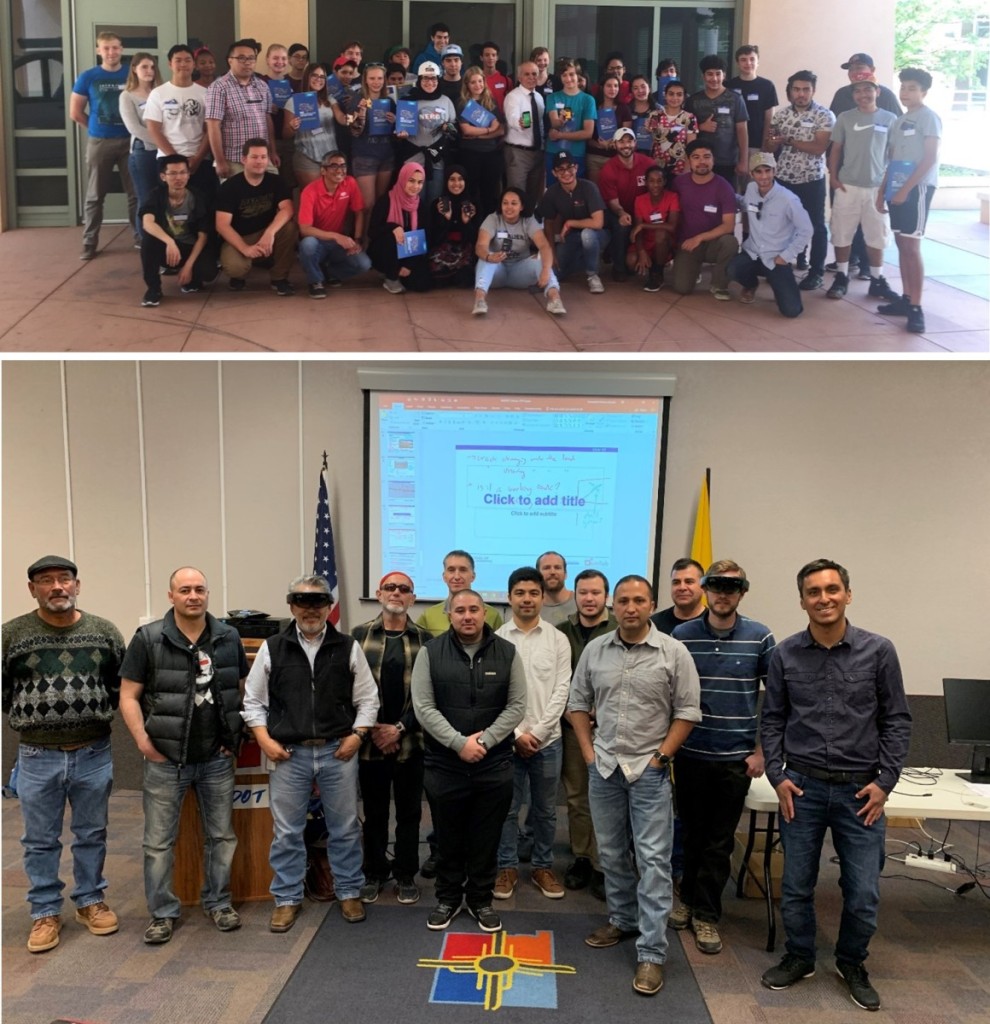
CE 424/524 Structural Design of Metals (Undergraduate/Graduate Course)
Fall 2024, Fall 2024, Fall 2020, Fall 2019, Fall 2018
Click here to read the most recent syllabus
Students will master steel structural design in both graduate and undergraduate levels by learning to use the American Institute of Steel Construction (AISC) manual with design examples that are part of the Professional Engineering License Exam. Last semester students designed the UNM LoboDrome. Students will also develop creativity, innovation, and design skills by: visiting Meow Wolf (Saturday homework), listening to NMDOT bridge engineer Kathy Crowell, designing a pedestrian bridge over University Ave., and contributing with any innovative topic of their choice related to steel design.
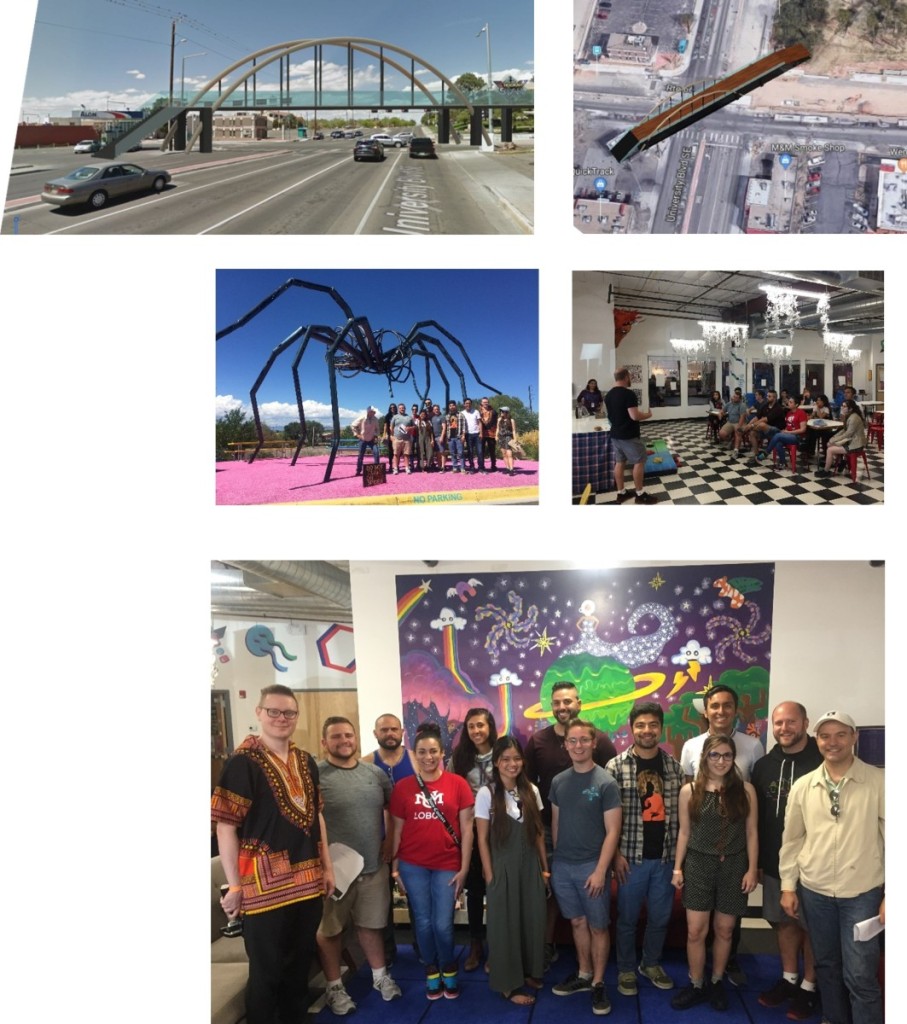
CE 521 Structural Dynamics and Earthquake Engineering (Graduate Course)
Spring 2024, Spring 2021, Spring 2018, Spring 2017
Click here to read the most recent syllabus
In this class, students learn equations of motion, D’Alembert, Lagrange, transfer functions, and have fun with it. The secret is, one of their homework is to build their own structural dynamics sensor, which they will use it to learn dynamics. We call these sensors Low-cost Efficient Wireless Intelligent Sensors (LEWIS), courtesy of Dr. Ali Ozdagli. Students are given with all the parts and they will develop their own structural dynamic project that demonstrates damping attenuation with water talks, earthquake protection of buildings, or rocket sensing. We are very lucky to be invited by the Sandia Peak Tramway for another homework where the students estimate the natural frequency of the tramway car after crossing tower 1 with their LEWIS1. Students compete at the end of the semester to show their worth in structural dynamics.
You can read more clicking here and here and here
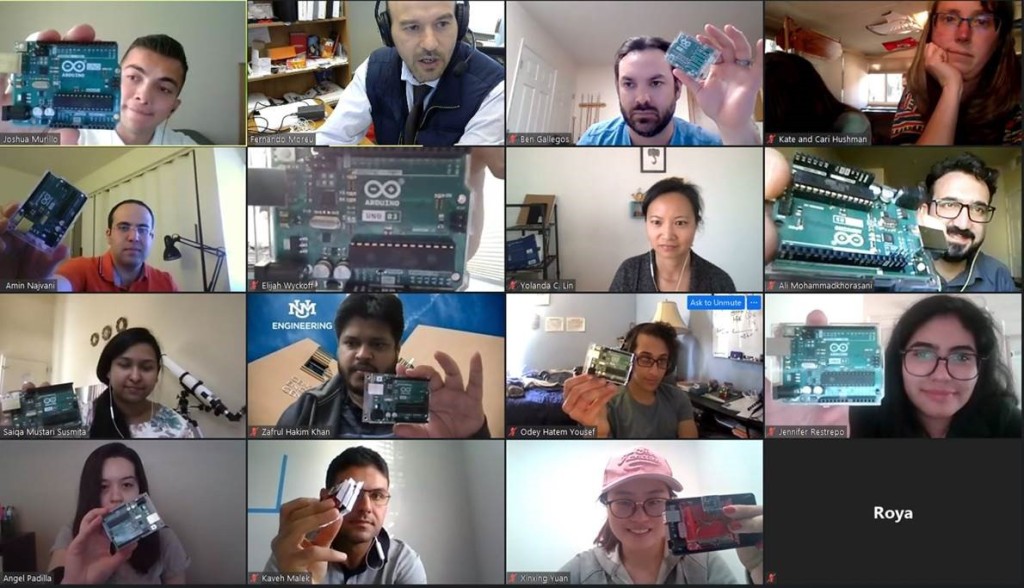
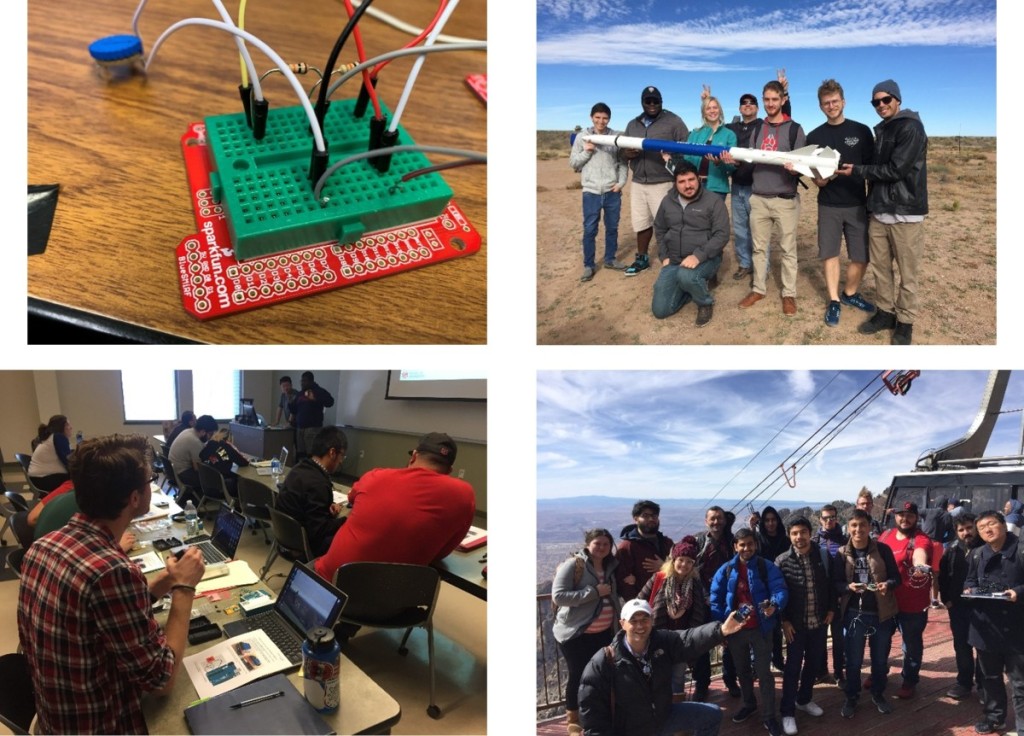
CE 598 Advanced Experimental Dynamics (Dynamics Laboratory) (Graduate Course)
Spring 2025, Spring 2022, Spring 2019, Spring 2016
Click here to read the most recent syllabus
In this class, the first homework consists to collect displacements and accelerometers from the structural dynamic laboratory, analyze it, and plot it in Matlab to explain their experiment. In the semester, every other homework consists on shake table experiments, or LEWIS experiments, both in the laboratory or at home. Students need to conduct their own hypothesis and propose their sensor solution. We use LEWIS in any context you can think of: bridges, rockets, Tramway, bikes, car, and your washing machine too. We like to plan and visit the Transportation Technology Center, Inc. (TTCI) to have a field exposure to large dynamic laboratories where the techniques and methods we study are used in engineering.
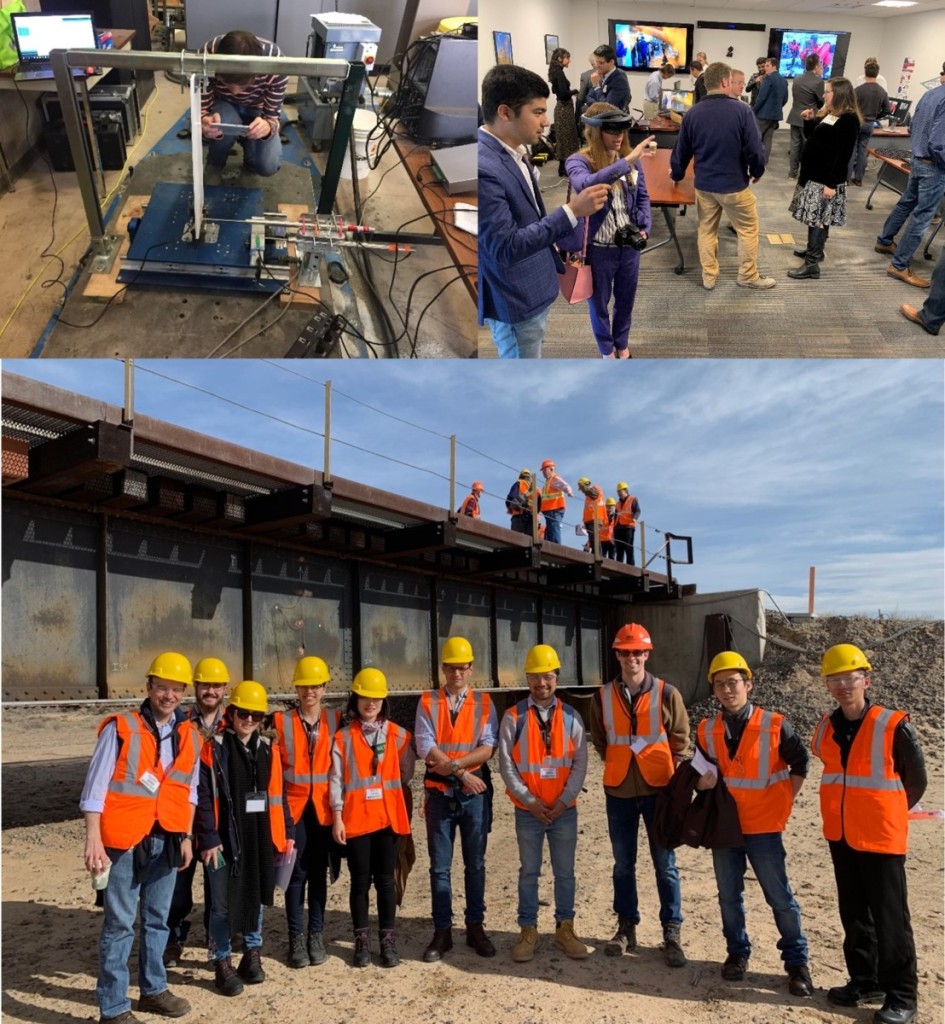
ME 561 Bio Design (Graduate Course)
Fall 2016
Click here to read the most recent syllabus
“Biodesign” is a phrase widely used to describe a process by which an important clinical problem is identified, solved and translated to a ready-to-market product or process. As practiced in this course, biodesign begins with pairing a practicing physician with an engineering faculty member and several students. The initial task of each team is to learn from the medical doctor some area of their clinical practice plus various key problems in that area. The next task of the team is to generate an array of possible solutions to the problems posed. Under the guidance of the faculty leader, the resulting list of problems and potential solutions is winnowed to a single prime candidate for translation from idea, to lab prototype, to clinical product. The final product of each team is a presentation, invention disclosure, and a written proposal for subsequent research, development, and prototyping work.
In this class, the students designed a novel method to secure hazmat gloves that closes automatically protective equipment needed for hazardous situations, as an alternative to duct tape or complicated sealers that take energy and time from patients and first responders, and are not providing a safe sealing. The solution of the students was the “Haz-Cuff”
